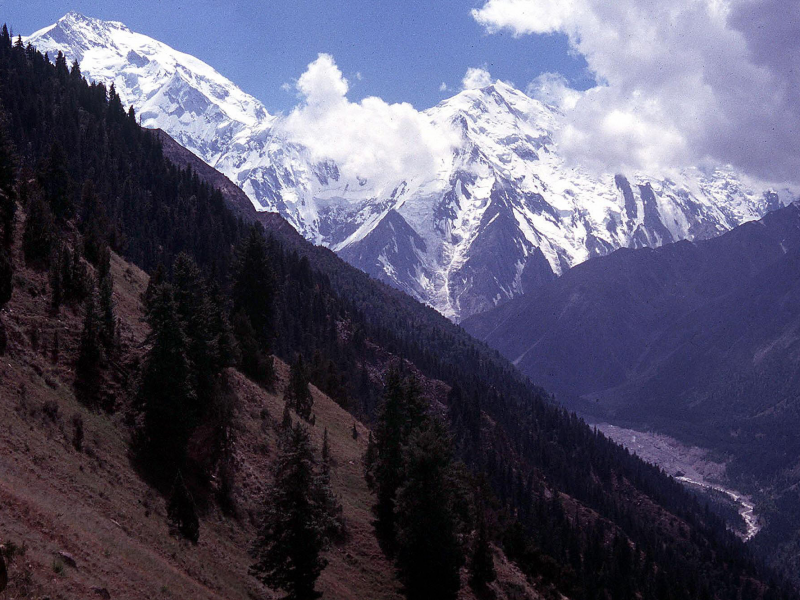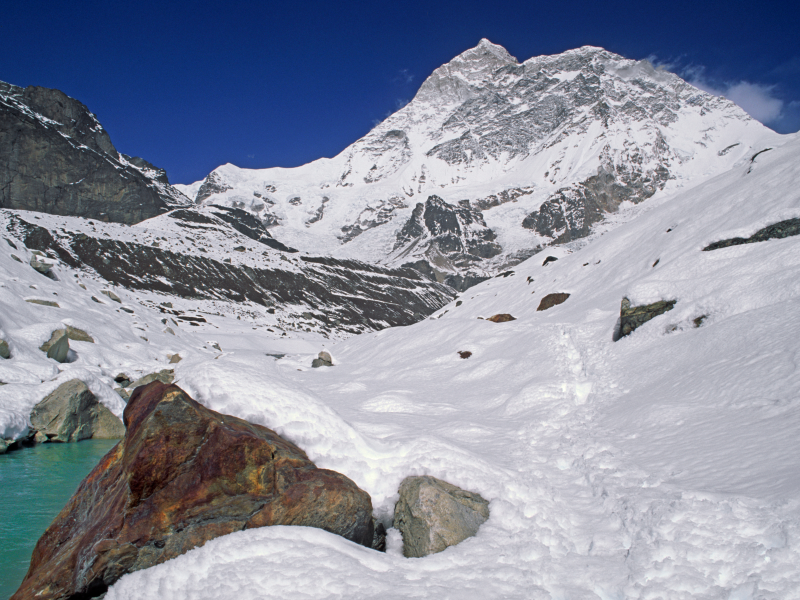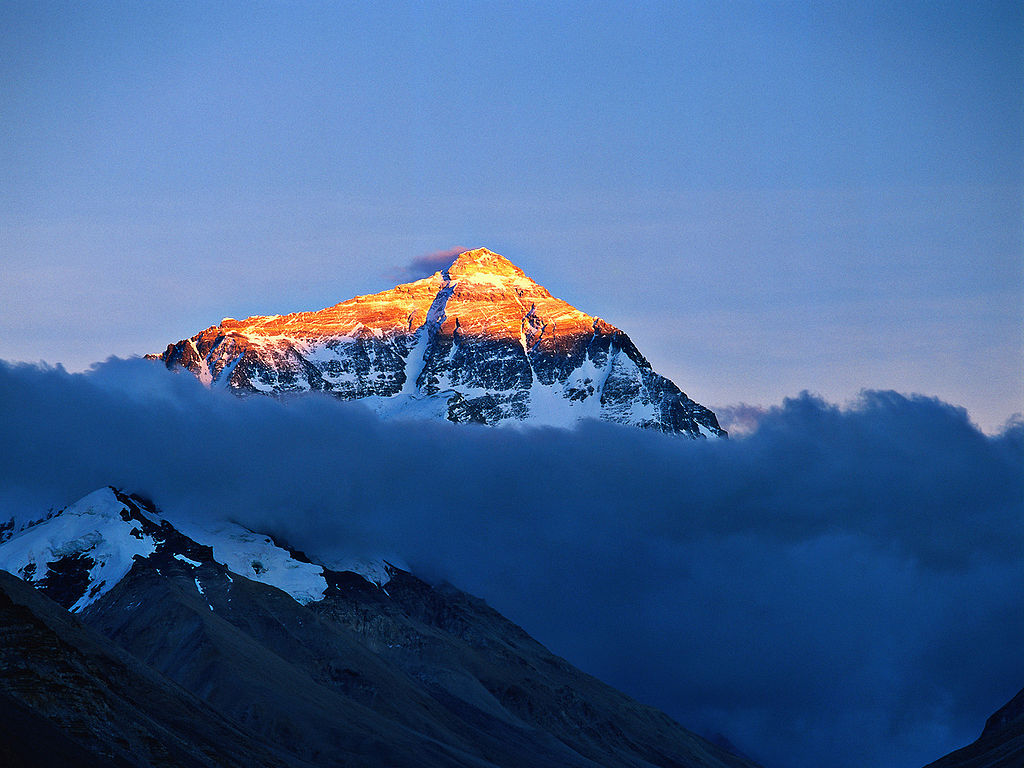- Mount Everest is the highest mountain. Its summit is 29,029 feet above sea level.
- At least 11 people have died on Everest in the past week. Some collapsed of exhaustion in the “death zone,” the area more than 26,000 feet up, where the body cannot get enough oxygen.
- In total, 306 people have died trying to summit Everest. But your chances of surviving that climb are higher than they would be on most other Himalayan peaks taller than 26,000 feet.
- Annapurna I and K2, the second highest mountain, are the most dangerous. The two mountains have a 32% and 29% fatality rate, respectively, according to NASA.
- Visit Business Insider’s homepage for more stories.
If climbers want to summit Mount Everest, they have to brave the “death zone” – the area above 8,000 meters (26,247 feet) in altitude, where there is so little oxygen that the body starts to die, minute by minute and cell by cell.
Last week, at least 11 people died on Everest, which is the tallest peak at 29,029 feet (8,848 meters or 5.5 miles) above sea level. Some collapsed from exhaustion after waiting in line for hours on narrow parts of the route to ascend to the summit, according to The Kathmandu Post.
But Everest isn’t the only Himalayan peak on which climbers face the death zone. In fact, nine other mountains are deadlier than Everest.
According to NASA's Earth Observatory, Annapurna I - the 10th-highest mountain - is the most dangerous to climb, with a fatality rate of 32% as of 2012. K2, second-highest peak, is almost as dangerous, with a fatality rate of 29%. Everest, by contrast, has a 4% fatality rate.
Granted, Mount Everest has seen many tragedies since 2012. In 2015, a magnitude 7.8 earthquake struck Nepal, sending an avalanche careening into Everest's base camp. More than 20 people were killed.
Here are the 10 deadliest mountains in the Himalayas, in order from most to least deadly, according to NASA.
Annapurna I, the 10th-highest mountain, has a fatality rate of 32%.

According to NASA's Earth Observatory, only 191 people had successfully climbed Annapurna as of 2012, far less than any other 8,000-meter mountains.
The first people to climb Annapurna I were the French climbers Maurice Herzog and Louis Lachenal in 1950. Though they reached the summit on their first try, extreme frostbite and gangrene set in on their way down the mountain. A doctor had to amputate all of Herzog's and Lachenal's toes, as well as all of Herzog's fingers.
K2, or Mount Godwin-Austen, is just 778 feet shorter than Everest. The mountaineer George Bell once said "K2 is a savage mountain that tries to kill you."

Only 264 people reached the top of K2 between 1906 and 2008, and 24 of them died before they got back down, according to 8000ers.com, an online database that tracks climbing statistics for all Himalayan peaks higher than 8,000 meters.
According to NASA, K2 has a fatality rate of 29%.
The south side of Nanga Parbat, which means "naked mountain," is generally snow-free.

According to NASA, as of March 2012, Nanga Parbat had a fatality rate of about 20%.
In July 1953, the Austrian climber Hermann Buhl became the first to reach the summit. He did so alone, without oxygen, food, a tent, or sleeping bag. Before him, 31 people had died attempting that feat.
But the mountain is better known for how fast it's growing.
"There is no other mountain in the world that is rising as fast as Nanga Parbat," Mike Searle, a University of Oxford geologist, told NASA.
As of March 2012, Dhaulagiri had a fatality rate of about 16%.

The "white mountain" is the seventh tallest in the world.
Kangchenjunga, on the border between Nepal and India, is the fourth-deadliest Himalayan peak.

The slopes of Kangchenjunga are steep and avalanche-prone. According to NASA, the mountain has a fatality rate of 15%.
The route to Manaslu's summit presents similar challenges to Mount Everest's. The top of the mountain is a steep tower of rock that has room for only a few climbers at a time.

The 26,781-foot mountain is the eighth-highest in the world, with a fatality rate of 10%.
Gasherbrum I is often overlooked, as it's the 11th-highest peak. But it's more dangerous than Everest.

The 26,509-foot mountain used to be known as "Hidden Peak," and it has a fatality rate of 9%, according to NASA.
Climbing Makalu, Nepal's 27,667-foot peak, is about twice as risky as climbing Everest.

Makalu's fatality rate is also 9%, according to NASA.
Makalu means "Great Black" in Tibetan - likely referring to the exposed black granite on the mountain's summit.
Broad Peak sits at the border of Pakistan and China, with a height of 26,401 feet.

Of the 404 people who had successfully reached the summit as of 2012, 21 had died - about 5%, NASA reported.
Of all the Himalayan peaks, the greatest number of climbers have summited Everest. As of 2008, 3,864 people had reached the peak. That number is closer to 5,000 now.

According to 8000ers.com, of those 3,684 climbers, only 56 (2%) didn't make it back down.
NASA reported that as of 2012, Everest's fatality rate was closer to 4%.

